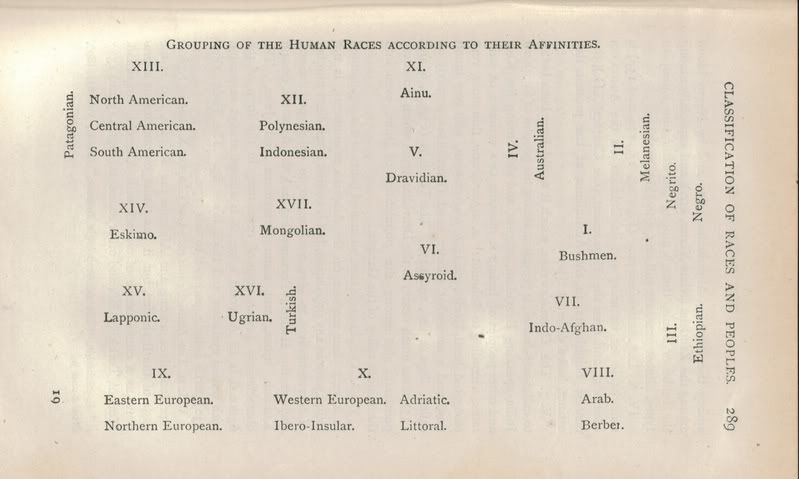sure it is not easy!
science about human skulls shape is not too reliable, until recently (and yet, the means methods of today are not always of great utility, I think - "old science" took a lot of not numerous measures of the skulls, producing some relative (index) and absolute measures permetting them (as they thought) to classify individuals into groups more or less homogenous - surely this "recently" (1880?) born science could help to separate roughly some human individual types but these metric means taken too naively led some of them to put in the same bags some populations without taking in account the non-genetic influences ont these means (MEANS OF FEATURES WHEN TO SCARCE CANNOT TAKE THE PLACE OF VISUAL OBSERVATION WHICH TAKES IN ACCOUNT, EVEN INCONSCIOUSLY SOMETIMES, A LOT OF «NOT WRITTEN» MEASURES OF SKULLS or other parts of a body) – sometimes, some amateur observators can see at first look the «familial» link between heads and faces of people of different generations or times having lived different ways of life and different climates when a too strict reduced set of «scientific» measures and indexes lead a scientist of the «old moulder» to separate them as not akin – it is not to say skulls study is of no worth (i think the contrary) – but very often the differences say us more than the pseudo similitudes – a global animal (and human) phenotype cannot be based only on the skull shape, yet very uneasy to analyse with too few measures, but is based on a quantity of others body shapes and others external elements (pigmentation, stature, body proportions, muscular mass = it is to say the bones and flesh and fat elements, head and body hair density, texture of skin, blood irrigation...) by definition, the internal aspects cannot be analysed) -
a phenotype is a genetic and not-genetic result – and every genetic global phenotype one can try to establish is based upon the selection of autosomals genes inherited from older bigger group slightly differentiated within itself by accumulation of slow mutations : a raciation process by isolation + natural selection, that cannot concern all the genes of the descendants: a lot of these genes remains still common between all descendants groups, either at an homozygotous or heterozygotous state; and within in one of these «abstract» groups never we find a complete homogeneity -
some human phenotypes I believe have had some reality (typical group phenotype = huge majority of the population) at some stage of History and evolution, maybe never as well separated between them and their «cousins» as it occurs among the majority of animals, and soonly admixed with other types... Human beings came over the natural barriers more easily than animals and escape more easily to natural pressure so, we find either an internal differentiated numerous population (indiviual level), or a previous population broken into differentiated small groups phenotypes put back into what become a «crossed» new melting pot... -
my opinion (and others opinion too) is that Indo-Europeans even if «pure» at some stage acculturated linguistically other populations genetically different so it is hard without any idea of which population was the proto- one to rely upon skulls shape (taken in account what I wrote before) to try to guess who were the first I-Eans: the skull before the language or the language before the skull???
just some thought of an old amateur






